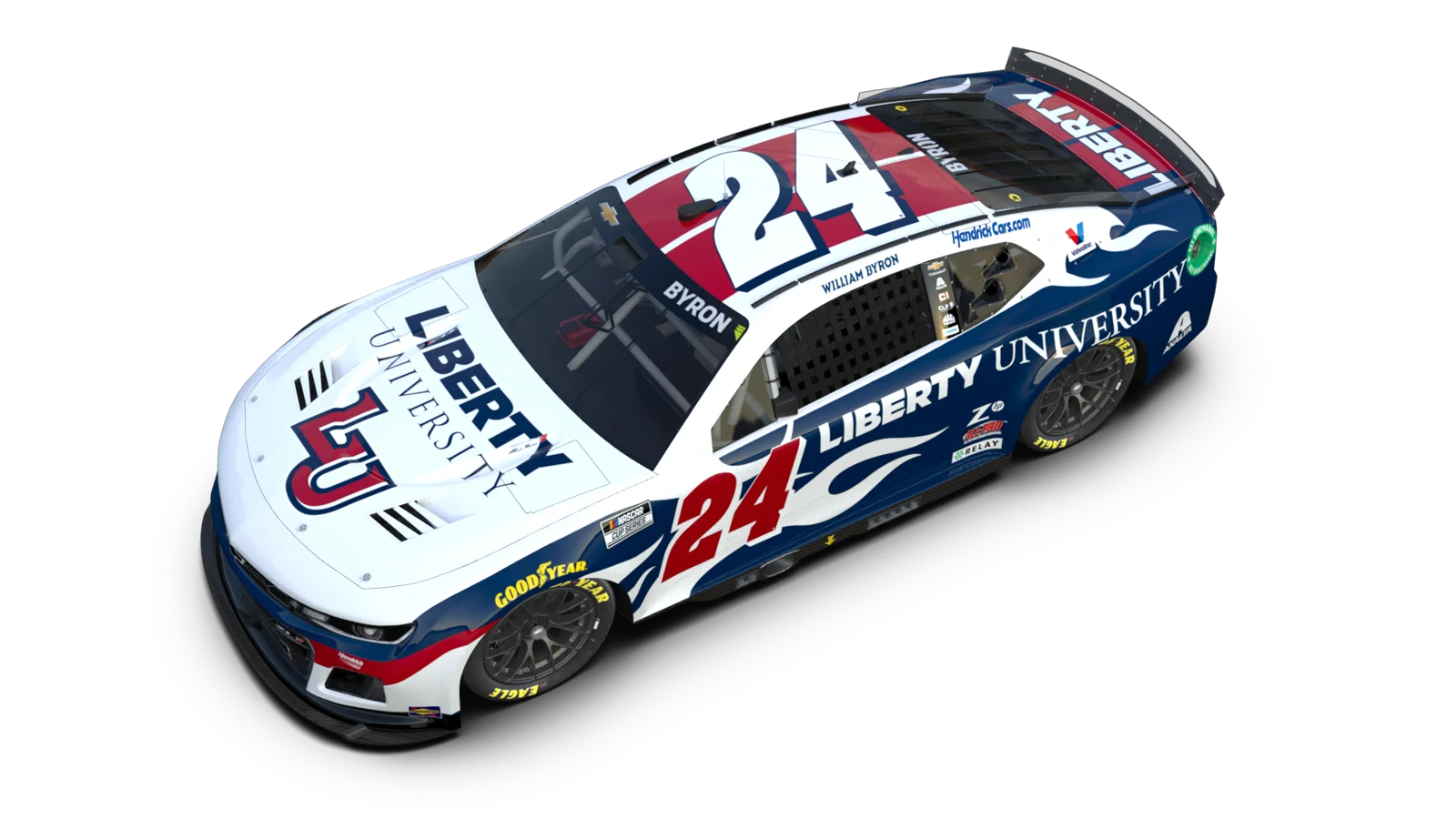William Byron NASCAR Daytona penalty headlines emerged after Rudy Fugle, the crew chief for Byron’s No. 24 Hendrick Motorsports car, was ejected from the Daytona International Speedway race due to a significant inspection violation. This major setback, unfolding during Friday’s routine inspections, saw NASCAR officials identify an unapproved modification to the car’s splitter, a key component affecting racing performance.
NASCAR’s Strict Rules Lead to High-Stakes Ejection
Officials escalated their scrutiny after initially approving the car at various inspection stations. Their deeper investigation revealed the unauthorized alteration, which resulted in Fugle’s expulsion from the highly anticipated event. This severe response demonstrates NASCAR’s rigid approach to upholding fairness and safety across the sport. The decision underscores the risks teams face when trying to gain a competitive edge and hints at growing tensions within the garage.
Byron Forced to Start from the Back of the Field
The repercussions extended beyond the crew chief’s removal. William Byron, quickly marked as one of NASCAR’s rising stars, was ordered to begin the race at the rear of the starting grid. This penalty not only places him at a strategic setback but also prompts questions among analysts and fans about the Hendrick Motorsports team’s preparation methods and adherence to NASCAR’s competitive standards.
Implications as the Season Progresses
The Daytona penalty has fueled intense debate among everyone involved, including officials, analysts, and racing fans, regarding the long-term impact on William Byron’s prospects this season. With the start of the race now clouded by controversy, Byron faces the challenge of rebounding from a disadvantaged position, while scrutiny on Hendrick Motorsports and their approach is unlikely to fade soon. As the drama continues to unfold at Daytona International Speedway, the consequences of this incident could influence both the current event and the broader racing season.
